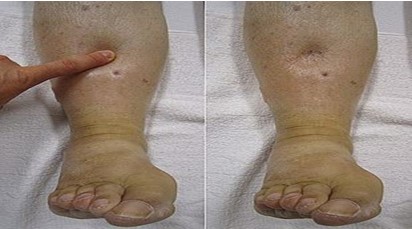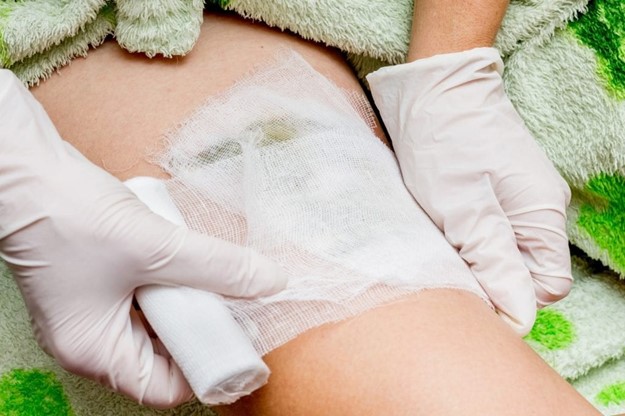A nurse is preparing to perform ocular irrigation for a client following a chemical splash to the eye.
Which of the following actions should the nurse plan to take first?
Place a strip of pH paper onto the cul-de-sac of the affected eye.
Administer proparacaine eye drops into the affected eye.
Install 0.9% sodium chloride solution into the affected eye.
Collect information about the irritant that caused the injury.
The Correct Answer is D
The first action the nurse should take is to collect information about the irritant that caused the injury.
This information is important because it can help determine the appropriate treatment and irrigation solution to use.
Choice A is incorrect because airborne precautions are used to prevent the spread of infectious diseases that are transmitted through the air, and are not necessary in this situation.
Choice B is incorrect because administering proparacaine eye drops into the affected eye is not the first action the nurse should take.
Proparacaine is a topical anesthetic that can be used to numb the eye before performing ocular irrigation, but it is not the first action the nurse should take.
Choice C is incorrect because installing 0.9% sodium chloride solution into the affected eye is not the first action the nurse should take; the nurse should first collect information about the irritant that caused the injury before performing ocular irrigation.
Nursing Test Bank
Naxlex Comprehensive Predictor Exams
Related Questions
Correct Answer is B
Explanation
Pitting edema is a common and obvious symptom of right-sided heart failure.

This occurs when fluid retention causes swelling in the lower limbs and sometimes the abdomen.
Choice A is incorrect because poor skin turgor is not a common symptom of right-sided heart failure.
Choice C is incorrect because oliguria, or decreased urine output, is not a common symptom of right-sided heart failure.
Choice D is incorrect because S4 galloping heart sounds are not a common symptom of right-sided heart failure.
Correct Answer is D
Explanation
The nurse should apply new gloves when alternating between wound care sites.

This is to prevent cross-contamination and infection.
Choice A, cleaning the equipment in the client’s room once per week, is not an answer because it is not mentioned in the search results as an intervention for a client with full-thickness burns on the lower extremities.
Choice B, providing a diet of fresh fruits and vegetables for the client, is not an answer because it is not mentioned in the search results as an intervention for a client with full-thickness burns on the lower extremities.
Choice C, limiting visitation time for the client’s children to 40 min per day, is not an answer because it is not mentioned in the search results as an intervention for a client with full-thickness burns on the lower extremities.
Whether you are a student looking to ace your exams or a practicing nurse seeking to enhance your expertise , our nursing education contents will empower you with the confidence and competence to make a difference in the lives of patients and become a respected leader in the healthcare field.
Visit Naxlex, invest in your future and unlock endless possibilities with our unparalleled nursing education contents today
Report Wrong Answer on the Current Question
Do you disagree with the answer? If yes, what is your expected answer? Explain.
Kindly be descriptive with the issue you are facing.
